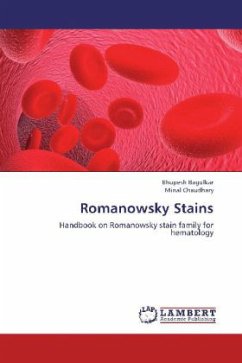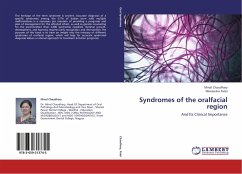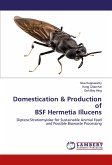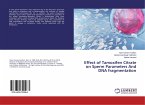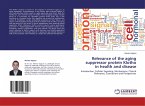In recent years, immunophenotying and cytogenetic analysis have become increasingly important in characterizing hematological neoplasms whilst the role of cytochemistry has diminished. Despite advances in recent years careful microscopical examination of romanowsky stained peripheral blood and bone marrow films remains fundamental in hematological diagnosis. Since the nineteenth century Romanowsky stains such as Giemsa's and Leishman's have provided the basis of recognizing, and indeed categorizing, the normal and pathological cells of peripheral blood and bone marrow. An advantage of Romanowsky staining for routine hematology is the highly polychrome image produced. Formation of the purple colour, i.e. the Romanowsky-Giemsa effect (RGE), is peculiar to these stains. So distinguishing between nuclear chromatin and basophilic cytoplasm, and between granules and cytoplasm, is harder with routine haematoxylin and eosin (H & E) than with Romanowsky staining.
Bitte wählen Sie Ihr Anliegen aus.
Rechnungen
Retourenschein anfordern
Bestellstatus
Storno

